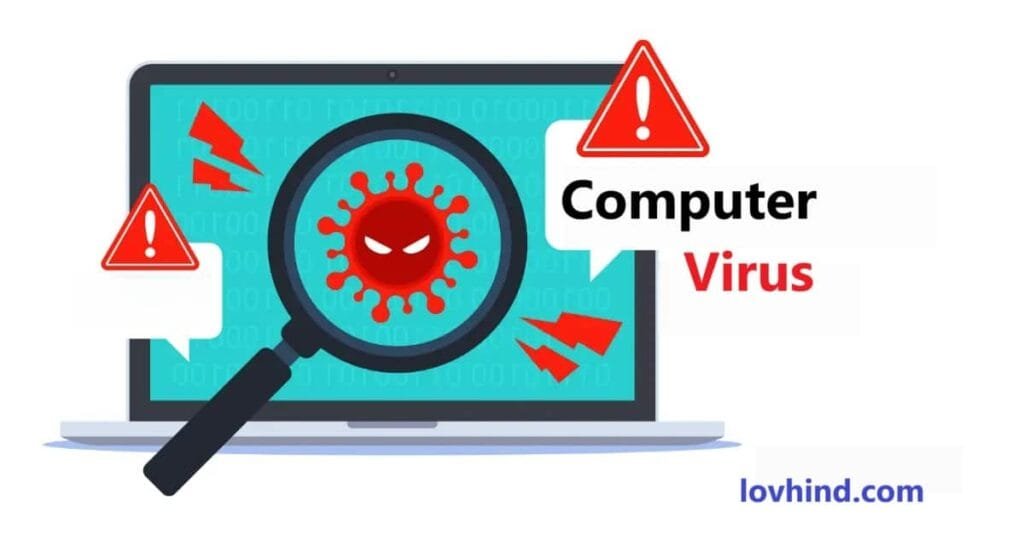Navigating the darker corners of the internet often holds an allure for curious minds and seasoned tech enthusiasts alike. The Dark Web represents a portion of the internet not indexed by traditional search engines. It is often associated with various illegal activities and anonymity-driven communications. However, while it does harbor illicit dealings, there are also legitimate uses, including privacy-conscious communication, whistleblowing, and forums for those seeking refuge from oppressive regimes. This article aims to provide a comprehensive, informative guide to accessing the Dark Web safely and securely.
Understanding the Dark Web
Before diving into the specifics of accessing the Dark Web, it’s crucial to understand what it is and how it differs from the Surface Web and the Deep Web.
- Surface Web: This is the part of the internet that most people are familiar with. Search engines like Google and Bing index this content. It comprises everything from social media platforms to news sites and personal blogs.
- Deep Web: This encompasses all parts of the internet not indexed by traditional search engines. While a significant portion of the Deep Web is made up of harmless content (like subscription sites, private databases, and secure corporate networks), it also includes content that may not be legal.
- Dark Web: A small segment of the Deep Web, the Dark Web requires specific software to access. It is intentionally hidden and often hosts websites with domain extensions like “.onion” and “.i2p”. Accessing these sites typically requires specialized browsers, most commonly Tor.
Why Access the Dark Web?
Accessing the Dark Web can be motivated by various reasons, such as:
- Privacy: Some individuals seek to protect their online presence and communications from surveillance.
- Whistleblowing: Sources wishing to expose corruption or wrongdoing without revealing their identities may find refuge in the Dark Web.
- Circumventing Censorship: In countries where the government censors the internet, the Dark Web provides access to information and platforms for free speech.
- Research: Academics and researchers may explore the Dark Web to study cyber threats, underground economies, or societal behaviors.
Steps to Access the Dark Web
If you decide that accessing the Dark Web is right for you, follow these steps to do so safely:
Step 1: Equip Yourself with the Right Tools
1. Download the Tor Browser
The primary gateway to the Dark Web is the Tor Browser. Here’s how to get it:
- Visit the official Tor Project website: Always ensure that you are downloading from the official site to avoid malicious software. Tor Project Official Site.
- Choose the correct version: Ensure the version you are downloading matches your operating system (Windows, macOS, or Linux).
- Installation: Follow the installation instructions provided on the website. The process typically involves running the downloaded file and following prompts.
2. Consider a Good VPN
While the Tor network is designed to anonymize your internet activity, using a Virtual Private Network (VPN) in tandem with Tor can add an additional layer of security. A VPN can help:
- Conceal your Tor usage from your Internet Service Provider (ISP).
- Provide a safeguard against potential exit node monitoring (although Tor itself helps with securing data).
Choose a reputable VPN with a no-logs policy, strong encryption, and good reviews.
Step 2: Configure Security Settings
1. Change Default Settings
Upon opening the Tor Browser, it’s wise to adjust some security settings to enhance your privacy:
- Security Level: Click on the shield icon next to the URL bar and set the security level to “Safest.”
- Disabling JavaScript: For enhanced security, consider disabling JavaScript. While it can limit functionality on various sites, it helps protect against potential vulnerabilities.
2. Avoid Using Your Real Identity
When venturing into the Dark Web, do not use your real name, email address, or any personal information. Instead, consider creating a new anonymous identity.
Step 3: Exploring the Dark Web
1. Finding Dark Web Links
The Dark Web isn’t indexed like the Surface Web. Thus, finding websites often requires external resources. Here are a few options:
- Directories: Websites like The Hidden Wiki provide links to various Dark Web sites. However, exercise caution, as many links may lead to illicit activities.
- Forums: Look for communities such as r/darknetmarkets on Reddit (note that posts may get banned frequently) or other forums dedicated to discussing the Dark Web.
- Privacy-Focused Sources: Websites like Not Evil serve as search engines tailored for the Dark Web.
Step 4: Staying Safe While Browsing
1. Avoid Downloading Files
Downloading files from the Dark Web can expose you to malware and other security risks. Stick primarily to browsing and consuming content.
2. Be Wary of Scams
Many sites on the Dark Web are set up to look legitimate but are scams. Always do your research before engaging in any transactions or uploading content.
3. Use Encrypted Communication
If you intend to communicate with others while on the Dark Web, consider using encrypted messaging platforms like Signal or Wickr. These tools are beneficial for maintaining your privacy.
Step 5: Exiting Securely
When you’ve finished browsing the Dark Web, ensure a safe exit:
- Close the Tor Browser: Completely shut down the Tor Browser to eliminate traces of your online activity.
- Clear Your Browsing Data: Utilize the privacy settings within the Tor Browser to clear history and any other data.
- Disconnect from VPN: If you were using a VPN, disconnect from it after exiting.
Legal Considerations
Before accessing the Dark Web, it’s essential to understand the legal landscape. Being on the Dark Web isn’t illegal, but engaging with certain sites or activities certainly can be. Use common sense and always remain within the boundaries of the law.
Conclusion
Accessing the Dark Web can be an enlightening experience that offers various insights into privacy, technology, and human behavior. However, it’s essential to tread carefully and prioritize your safety and anonymity. By utilizing the proper tools and navigating with caution, you can explore this enigmatic facet of the internet without compromising your integrity or security. Whether your interest lies in research, understanding the darker aspects of society, or simply in protecting your digital privacy, the Dark Web hosts a world of both knowledge and caution. Always remember to stay alert, informed, and secure on this unique journey.


